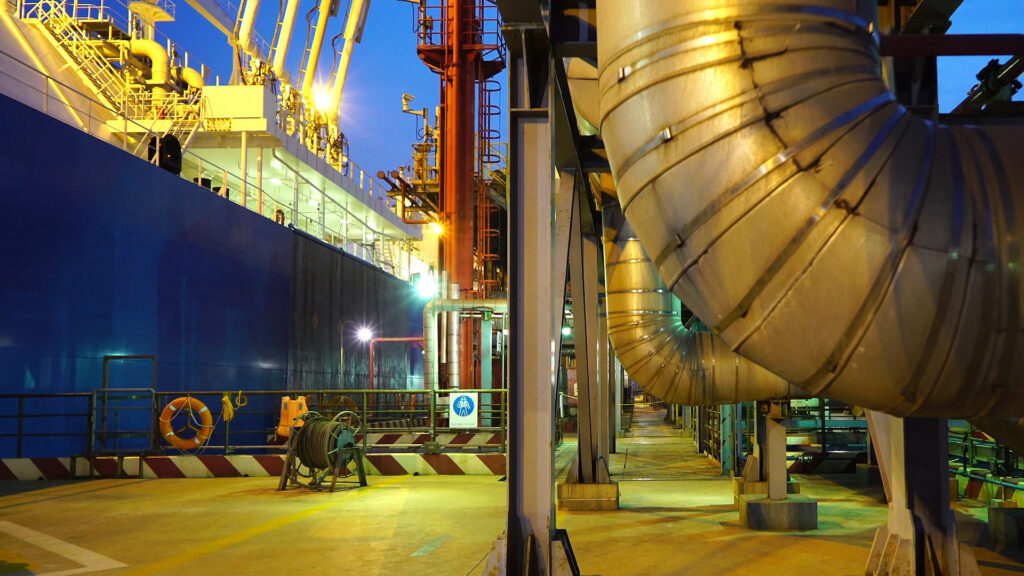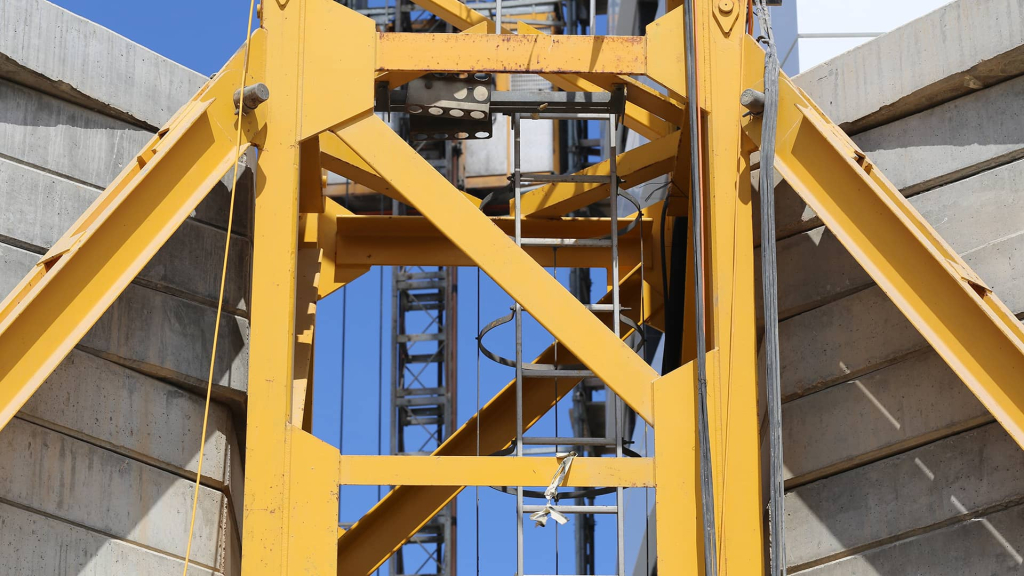Tackling carbon leakage: European Commission adopts ETS State aid guidelines
On 22 May 2012, the European Commission (“the Commission”) published a Communication, which adopted guidelines (the “Guidelines”) to allow Member States to provide State aid for electro-intensive users.
These are expected to attract higher costs as a result of the European Union Greenhouse Gas Emission Trading Scheme (“ETS III”), from 1 January 2013 onwards. Only the sectors listed in the Guidelines will be considered sectors that have been deemed eligible for such support as regards compensation for their increased electricity costs as a result of the CO2 emissions (indirect costs). Such sectors include producers of aluminium, copper, fertilisers, steel, paper, cotton, chemicals, lead, zinc and tin, mechanical pulp, mining of iron ores, manufacturing of certain fibres and the manufacturers of some plastics in primary forms.
Amendments to ETS Directive (2003/87/EC)
The ETS Directive (OJ L 275, 25.10.2003), further amended by Directive 2009/29/EC2 (OJ L 140. 05.06.2009), has established a gas emission trading scheme within the EU. It provides, inter alia, for the allocation of free allowances to certain sectors/sub-sectors, which are considered to be exposed to so-called carbon leakage risk, due to high CO2 costs, as a result of the ETS. In 2009, the Commission set out its intention to introduce Phase III of the ETS, which will commence from 2013 to 2020. By 2020 there is to be a reduction of CO2 emissions by 20% from the emissions level in 1990.
Carbon leakage
Electricity bills for companies in the EU are expected to rise significantly as a result of the stricter cap under Phase III of the ETS post-2012. The rise in these costs may cause some sectors to become subject to carbon leakage risk. Carbon leakage risk exists when the increased costs incurred as a result of the EU ETS may cause European industries to shift production, investment and eventually induce relocation from the EU to third countries. In complying with ETS provisions, EU companies may face an uneven playing field compared with competitors in third countries, who may be subject to less stringent regulations. This may cause a substantial risk of companies relocating to third countries in order to limit costs and protect their market share. At the same time the EU objective for a global reduction in emissions is undermined. In light of these concerns, the Commission has adopted the Guidelines, allowing State aid to mitigate some of the increased costs.
The State aid Guidelines
In December 2011, the Commission proposed draft Guidelines on State aid in the context of the amended ETS. After consultation with stakeholders, the Commission stressed that State aid Guidelines would have to balance the mitigation of increased costs in ETS compliance with the need to minimise any distortions in competition or subsidy races. The final Guidelines were adopted on 22 May 2012. The Guidelines provide the conditions subject to which the Commission is likely to approve compatible aid, pursuant to the legal basis of Article 107 (3) (c) TFEU. The compensatory character of the aid has to be temporary, degressive, proportional (not cover the full costs) and necessary to achieve the objectives. These are to: a) address the carbon leakage risk identified to exist in certain situations, following an economic impact assessment at EU level; b) ensure that the environmental effectiveness of the ETS is maintained and; c) ensure minimum distortions of competition. The Commission assessed at EU level the extent to which it is possible for certain sectors and subsectors to pass on indirect emission costs into product prices without significant loss of market share to less carbon-efficient third countries.
The financial measures are as follows:
- Compensation for increased electricity costs due to the EU ETS (indirect costs) – The Guidelines allow Member States to subsidise up to 85% of the increased costs faced by eligible companies from 2013 to 2015, falling to 80% of the eligible costs from 2016 to 2018 and finally to 75% in 2019 to 2020. The precise amount that a company may be subsidised will be calculated according to a formula set out in the Guidelines. The formula will take into account the installation’s baseline production levels (or baseline electricity consumption levels), as well as the CO2 emission factor for electricity supplied by combustion plants in various geographic locations. The formula may create a proportionate amount of State aid directed towards the company and allow for electricity efficiency incentives.
- Investment aid to highly efficient power plants (inclusive of new power plants that are carbon capture and storage (CCS) ready) – Between 2013 and 2016, Member States may use the revenue they receive from auctioning allowances to give aid for the construction of highly efficient power plants, including new power plants that are carbon capture and storage (CCS) ready. The eligible costs are the costs of investment in the new installation, strictly necessary for the construction of the new power plant. New highly efficient power plants that are CCS-ready and start full implementation before 2020 may receive State aid for up to 15% of these eligible costs. To ensure any support is proportionate and necessary, maximum aid contributions will depend on the contribution to the increase of environmental protection and the reduction of CO2 emissions of the new power plant. Aid to power plants must be set at an amount that ensures an incentive effect is promoted to the aid beneficiary, namely that the beneficiary would not have undertaken the investment without the aid compensation.
- Optional transitional free allowances for the modernisation of electricity generation – Member States fulfilling certain conditions in relation to the interconnectivity of their national electricity network or their share of fossil fuels in electricity production are given the option temporarily to refrain from the full auctioning of the allowances and grant free allowances to electricity generators in operation by 31 December 2008, or to electricity generators for which the modernisation investment process was physically initiated by the same date. If Member States choose to do this, they must present a national investment plan (“the Plan”) setting out what investments the recipients of the free allowances have pursued in relation to the upgrading of infrastructure, retrofitting, the use of clean technologies and the diversifying of their sources of supply (increased environmental protection objective).
- Aid for the exclusion of certain small installations from the ETS – Member States may exclude small installations and hospitals from the ETS requirements if they are subject to equivalent measures that successfully reduce CO2 emissions (article 27 of the ETS Directive). The choice of which installations to exclude provides discretion for Member States and the potential involvement of aid as specific installations may receive a selective economic advantage as a result.
The Guidelines allow the provision of State aid only for costs incurred after 1 January 2013. Although the Guidelines are applicable until 2020, the Commission has suggested that it will carry out a review of the Guidelines every two years. Therefore, there may be further adaptation to the scope and intensity of the Guidelines to ensure that a level playing field is sustained.
Reaction by the industries
There might be endorsement of the Guidelines by those entities whose industries are deemed eligible under the Guidelines, as the increased costs of complying with the ETS, post-2012, could invariably be partially compensated. Still, however, potential distortions of competition cannot be ruled out even within the eligible sectors, taking also into account the differences in the financial power of each Member State within the EU and the manner in which future schemes will be designed by Member States.
Yet there will be entities in other industries who may feel aggrieved that their industry did not meet the eligibility criteria of the Guidelines, despite possible exposure to similar significant carbon leakage risks. In particular, the calculations and methodology that were used by the Commission in assessing the requisite eligibility thresholds may be questioned. The Commission’s Impact Assessment Report used indirect cost and trade intensity thresholds as part of the eligibility criteria (5% threshold, assessed at EU level, for indirect costs and 10% threshold as regards trade intensity). Yet, there is no “magic eligibility criterion” to be used in the context of State aid for indirect costs, as the Impact Assessment Report rightly holds.
There may also be arguments to suggest that the Guidelines, which have as their scope the breadth of the EU, do not allow for the disparities within individual industries that exist in different Member States to be accounted for. For instance, electro-intensive manufacturers in one Member State whose indirect costs and trade intensity exceed the thresholds may not gain any aid as the EU-wide indirect costs and trade intensity for that particular industry may fall below the thresholds. These industries will remain subject to a similar significant risk of carbon leakage, but without any compensation.
It is clear that a number of sectors (eligible and non-eligible) may be scrutinising the Commission’s Guidelines. Non-eligible sectors may be seeking already to secure a better future review of the Guidelines in the hope that the scope is amended to include their industries, especially in light of the ambitious emission targets set by the ETS. Certain sectors may seek discussions with the Commission in the hope of promoting such amendments sooner rather than later, although real cases of actual significant carbon leakage risks in non-eligible sectors may prove the biggest influence to future amendments and/or justify a certain course of legal action by the various stakeholders.
HFW is able to advise stakeholders on the implications of the Guidelines, on State aid issues and on the broader effect that Phase III of the ETS will have on a variety of industries.
For more information, please contact Eliza Petritsi, Partner, on +44 (0)20 7264 8772/+32 2 643 3402 or eliza.petritsi@hfw.com, or Anthony Woolich, Partner, on +44 (0)20 7264 8033 or anthony.woolich@hfw.com, or Konstantinos Adamantopoulos, Partner, on +32 2 643 3401 or konstantinos.adamantopoulos@hfw.com, or your usual HFW contact.
Download a PDF version of ‘Tackling carbon leakage: European Commission adopts ETS State aid guidelines’










